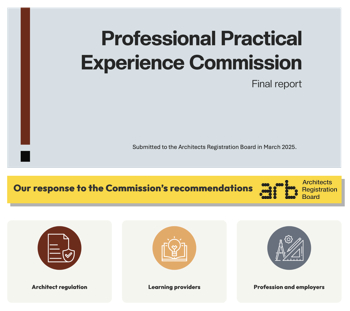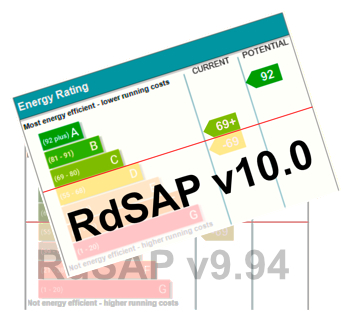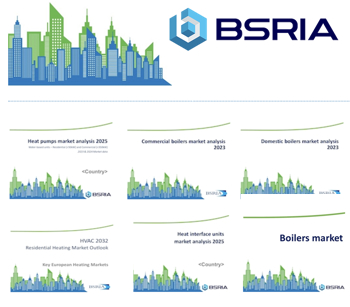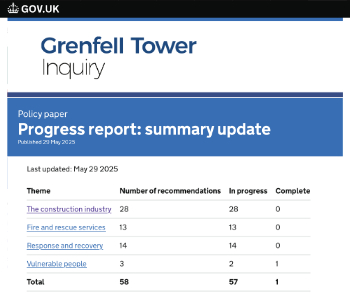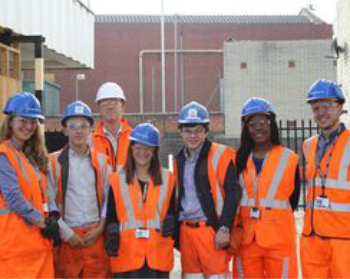Decision making process for construction projects
Typically, the client will be the ultimate decision maker on construction projects, as they will generally have instigated and will be paying for the project and are likely to have a long-term interest in it after the design and construction process has been completed.
However, the client is rarely a single person, even on relatively small projects and the client organisation is likely include a number of groups or individuals with an interest in, responsibility for or control over the project.
Depending on the complexity and size of the project, and whether the client is in the public or private sector, the levels of decision makers within the client organisation might be structured as follows:
- Main board of directors / Investment decision maker
- Project director / Senior responsible owner
- Board representative / Project sponsor
- Project board.
- User panels.
- Champions.
- Project managers
For more information see: Client.
However, there may be other parties with an interest in the project that may be involved in the decision-making process. This might include:
- Funders and shareholders.
- Insurers.
- The local authority.
- Other statutory authorities and non-statutory consultees.
- The emergency services.
- User groups.
For more information see: Stakeholders and Third-party dependencies.
These parties may not all have the same objectives or views and so it is important that a clear management strategy is in place to ensure that the right information is available at the right time to ensure the right people are able to make the right decisions. Building information modelling is seen as one of the tools that can help ensure this happens. For more information see: Building information modelling.
Typically the decision making process itself will involve passing through a number of key decision points, or gateways, at which the client assesses the state of development of the project and considers; whether it satisfies their strategic objectives, that it is affordable, that value is being delivered, and that risks are acceptable. They can then decide whether to progress to the next stage.
Allowing the client to make decision about whether to proceed at gateways requires the preparation and submission of relevant information by the consultant team, contractors and other suppliers. Decisions may also involve expert assessment and advice from client representatives, independent client advisers, project managers, or even external bodies (such as external design reviews).
It is possible that the client will decide not to proceed, or will ask for further work to be carried out, whether this is revision of the design, or undertaking value management exercises to re-align proposals with the available budget.
Decisions to proceed may be accompanied by the introduction of change control procedures, freezing certain aspects of the project. This ensures that approved parts of the project are not changed without the express permission of the client.
For more information see: Gateways and change control.
An detailed description off the process for securing information and making decision for a number of different procurement routes is available at: Project plans.
[edit] Related articles on Designing Buildings Wiki.
Featured articles and news
Key points for construction at a glance with industry reactions.
Functionality, visibility and sustainability
The simpler approach to specification.
Architects, architecture, buildings, and inspiration in film
The close ties between makers and the movies, with our long list of suggested viewing.
SELECT three-point plan for action issued to MSPs
Call for Scottish regulation, green skills and recognition of electrotechnical industry as part of a manifesto for Scottish Parliamentary elections.
UCEM becomes the University of the Built Environment
Major milestone in its 106-year history, follows recent merger with London School of Architecture (LSE).
Professional practical experience for Architects in training
The long process to transform the nature of education and professional practical experience in the Architecture profession following recent reports.
A people-first approach to retrofit
Moving away from the destructive paradigm of fabric-first.
International Electrician Day, 10 June 2025
Celebrating the role of electrical engineers from André-Marie Amperè, today and for the future.
New guide for clients launched at Houses of Parliament
'There has never been a more important time for clients to step up and ...ask the right questions'
The impact of recycled slate tiles
Innovation across the decades.
EPC changes for existing buildings
Changes and their context as the new RdSAP methodology comes into use from 15 June.
Skills England publishes Sector skills needs assessments
Priority areas relating to the built environment highlighted and described in brief.
BSRIA HVAC Market Watch - May 2025 Edition
Heat Pump Market Outlook: Policy, Performance & Refrigerant Trends for 2025–2028.
Committing to EDI in construction with CIOB
Built Environment professional bodies deepen commitment to EDI with two new signatories: CIAT and CICES.
Government Grenfell progress report at a glance
Line by line recomendation overview, with links to more details.
An engaging and lively review of his professional life.
Sustainable heating for listed buildings
A problem that needs to be approached intelligently.
50th Golden anniversary ECA Edmundson apprentice award
Deadline for entries has been extended to Friday 27 June, so don't miss out!
CIAT at the London Festival of Architecture
Designing for Everyone: Breaking Barriers in Inclusive Architecture.
Mixed reactions to apprenticeship and skills reform 2025
A 'welcome shift' for some and a 'backwards step' for others.












